Reference: Banville, D., Dyson, B., Kulinna, P. H., & Stylianou, M. (2020). Classroom teachers’ and administrators’ views of teaching health and physical education. European Physical Education Review, 26(2), 448-464. https://doi.org/10.1177/1356336X19867731
Physical activity (PA) is the source of countless benefits for every stage of life. Beginning at a young age, it is imperative to develop strong healthy habits that can provide momentum into adulthood to sustain healthy behaviors such as maintaining a physically active lifestyle. Physical education class provides a social environment in which to find value in being active, making friendships and learning new skills, however, many schools still come up short of recommendations and guidelines. Why is this still happening? There are many issues that could arise but a lack of support from the institution and leadership is commonly reported and even with proper support, teachers are not provided education and professional development opportunities to adequately prepare them for health and physical education (HPE).
What exactly underpins preparedness in an HPE teacher though? Educators all come with unique skills, experiences and beliefs that have developed over the years. According to Bandura’s Self-Efficacy Theory, self-efficacy is the belief in one’s capabilities to organize and execute the courses of action required to produce given attainments. In other words, believing in your abilities to perform can influence your actual performance. Self-efficacy is domain specific which in this case means that just because a teacher is confident in their ability to teach a certain topic, does not necessarily mean they will believe they can teach one of a different content. In this theory, self-efficacy is influenced by one’s own success and failures of a task (i.e. mastery experience) as well as environmental cues such as how their performance compares to their peers (i.e. vicarious experience) and verbal feedback from others that can strengthen or weaken their own beliefs (i.e. verbal persuasion) and their own physiological responses to stressful situations (i.e. physiological and affective states).
Self-efficacy is dynamic in nature and is sensitive to multiple stimuli. Teachers’ self-efficacy can be broken into 6 categories of self-efficacy including efficacy to influence decision making, instructional self-efficacy, disciplinary self-efficacy, enlisting parental involvement, enlisting community involvement, creating positive school climates. Due to the lack of professional development and need for more support to develop PE teacher, this research set out to investigate classroom teachers’ and administrators’ views of teaching HPE, including physical activity behaviors, in primary schools in New Zealand. Findings would not just help identify strengths and weaknesses of these teachers but can stimulate future effort in professional development for HPE teachers.
This study found evidence supporting Bandura’s theory in that efficacious feelings result in achievement and successful outcomes. For the teachers’ and administrators’ participating in this study, breaks for physical activity were routine and purposeful. Many reported the benefits of a refreshing break on subsequent focus and productivity in the classroom which shows instructional self-efficacy. Students would, at times, act up during breaks which could be a barrier but, in this study, was not seen as a threat, which displays disciplinary self-efficacy. Additionally, teacher’s often reported mastery experience in either sport or physical education to facilitate instruction self-efficacy. They would be able to integrate their past experience and learned skills to the classroom and be more efficacious because of it. Others, however, separated sport and PE as being two totally different things. Although some had different views, they all seemed to have efficacy to influence decision making, meaning they could utilize their strengths and experience to their advantage in the curriculum based on what they were comfortable with. This was seen in PE and in the health component as many teachers were not as familiar with health topics and gave less of an emphasis on it because of this. Noteworthy, teachers often equated PE with sport and therefore seemed to miss the education component of PE, this could be due to the lack of professional development and training among other root causes. Teachers seemed to feel that they had high influence on multiple areas of student achievement and tried to teach healthy habits, but some felt that a few factors were out of their control such as habits outside of school.
Overall, this group of participating teachers were met with support and initiative by the administration that transferred to feelings of efficacy that ultimately led to achievement in their system. The school environment was supportive by facilitating PA breaks routinely and by the favorable location of the schools. Commuting by walking or biking to the school was common due to the location and proximity to many homes. Furthermore, the structure of the buildings was conducive to PA due to direct access to school grounds in each classroom. These findings are significant to understand some common themes in developing strong HPE curriculum and implementing it within the constraints of a school system.

